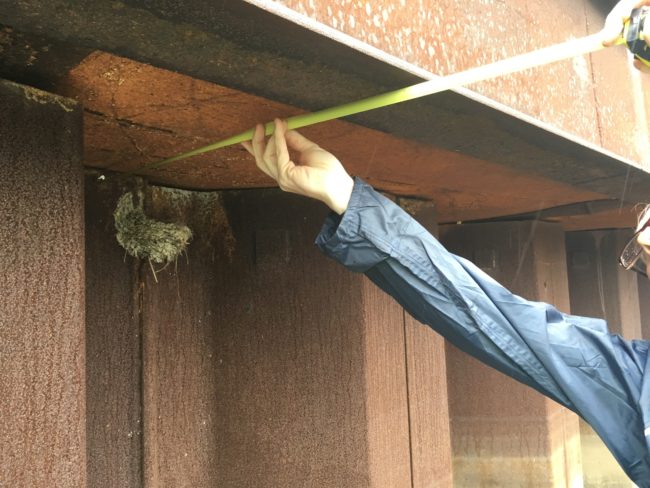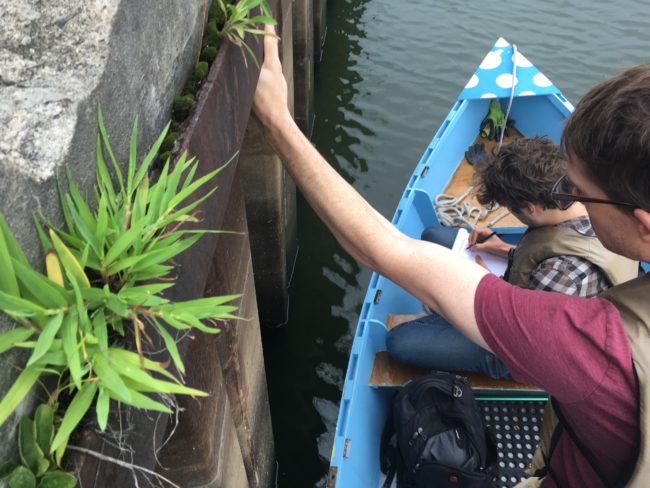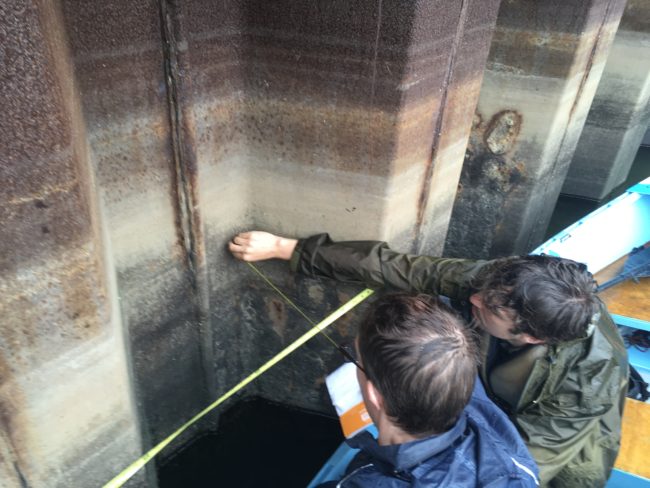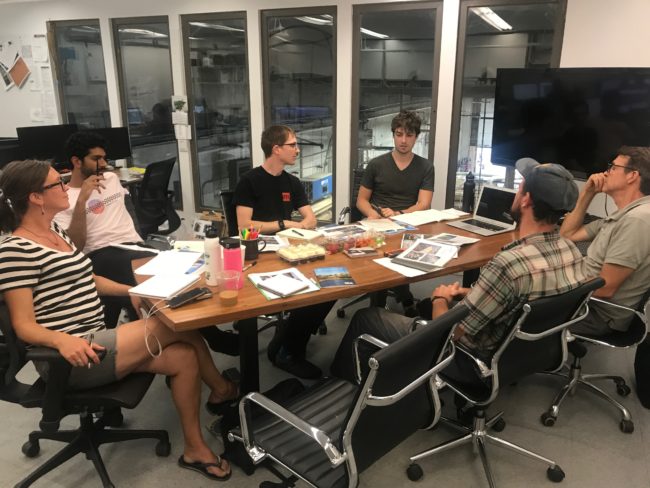On Newtown Creek, creating a foothold for the natural world
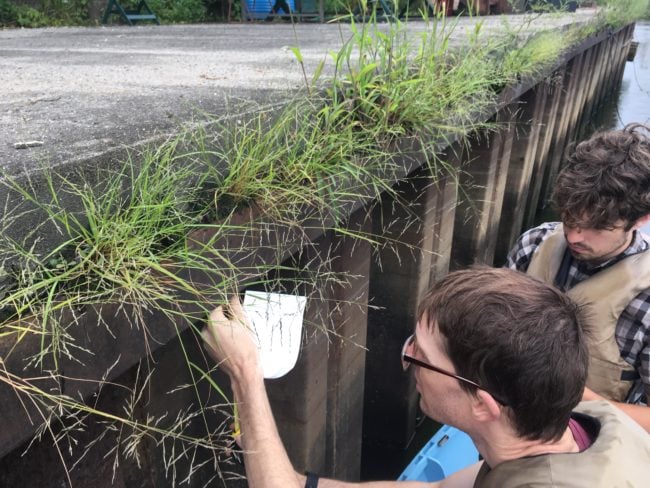
View more images on our Flickr site
We’ve been thinking big, and far into the future, with partners working to restore the badly polluted Newtown Creek, which forms the border of Brooklyn and Queens. Now we’re excited to be part of a hands-on experiment aiming to give the natural world a foothold along the shoreline.
Newtown Creek is an industrial channel, an active waterway, a key ecosystem and habitat in the Hudson River Estuary, and a recreational area for some intrepid boaters. As part of our “Visioning” effort, we have been building adaptive solutions to make Newtown Creek an asset for the surrounding community and also, a healthy functioning ecosystem. (Read the Newtown Creek Vision plan here.)
Much of the creek’s shoreline currently has sheet-pile bulkhead edges. The smooth, flat surface of the steel bulkheads provide very little ecological habitat. We’d like to explore ways to adapt these bulkheads to bring back habitat for mussels, oysters and other wildlife.
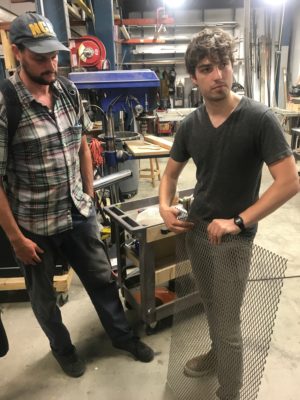 A number of organizations have been working this problem. Some current methods include floating wetlands and plantings like this project done by LaGuardia Community College with the Newtown Creek Alliance. In our Newtown Creek Bulkhead Adaptation Project, supported by a grant from the Doris Duke Charitable Foundation, we are working with the Newtown Creek Alliance, Billion Oyster Project and volunteer designers from SITU to develop an adaptable, easy to build and easy to replicate habitat structure for bulkheads.
A number of organizations have been working this problem. Some current methods include floating wetlands and plantings like this project done by LaGuardia Community College with the Newtown Creek Alliance. In our Newtown Creek Bulkhead Adaptation Project, supported by a grant from the Doris Duke Charitable Foundation, we are working with the Newtown Creek Alliance, Billion Oyster Project and volunteer designers from SITU to develop an adaptable, easy to build and easy to replicate habitat structure for bulkheads.
These cage structures will attract mussels, oysters, other invertebrates, and potentially grasses and nooks and crannies for fish to take refuge. The pilot project seeks to find one of many solutions that could be implemented throughout Newtown Creek and other waters throughout the city and the country.
Next month, we will build the first of the structures on Governors Island with Billion Oyster Project, NCA, and Riverkeeper volunteers.
These are photos from our design planning meetings and a site visit last weekend when, despite the rain, we saw signs of hope. (Below, that’s a swallow nest in the bulkhead.)

